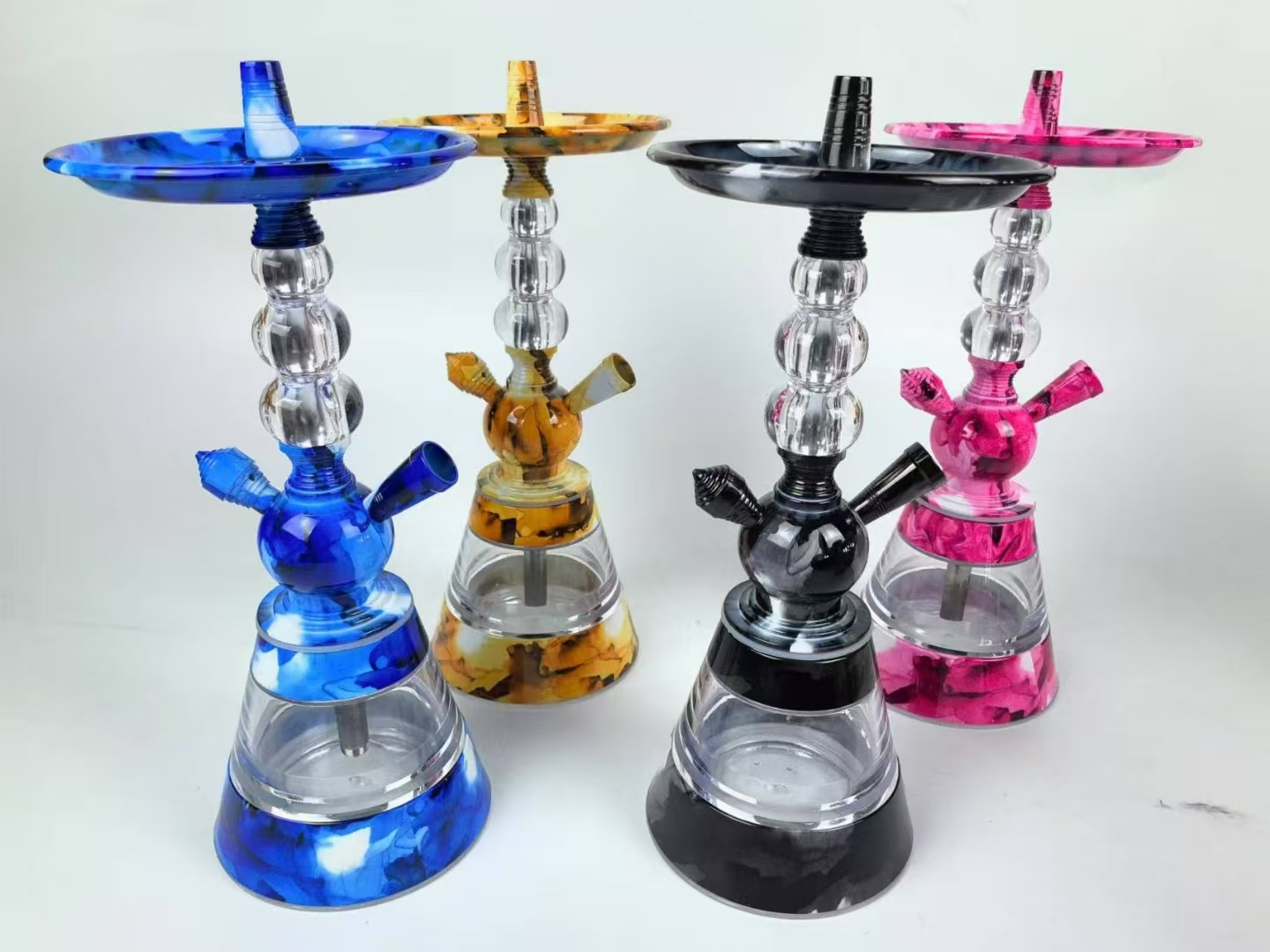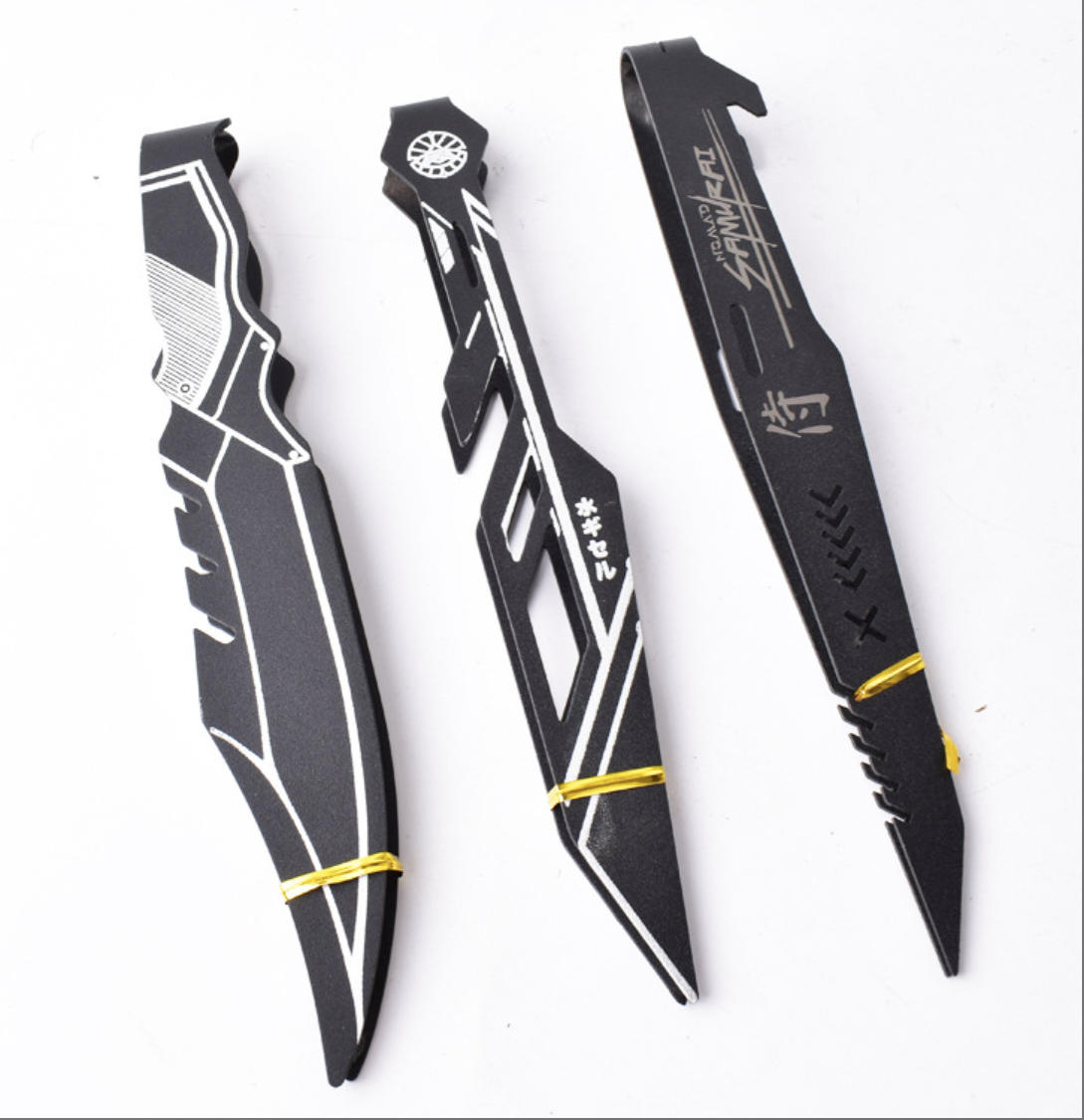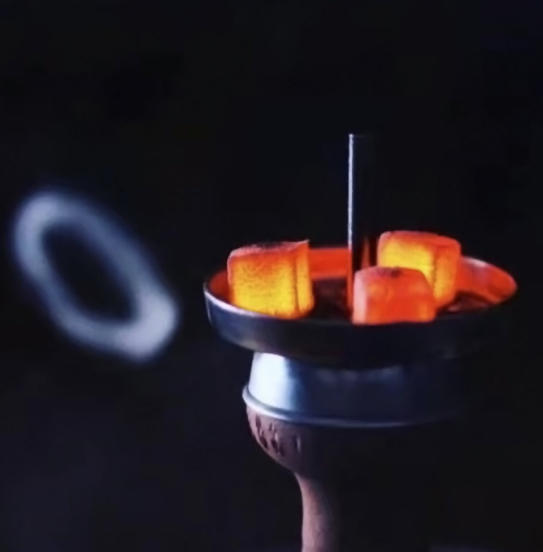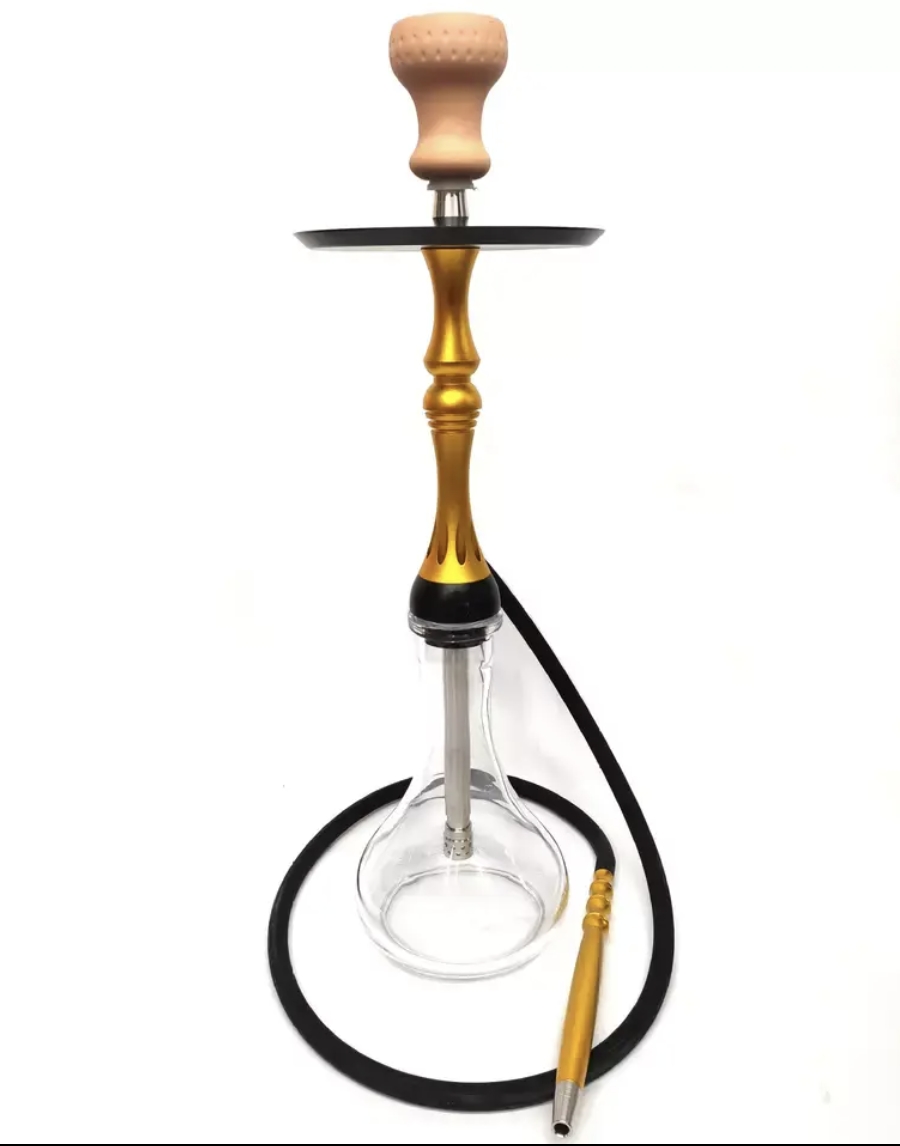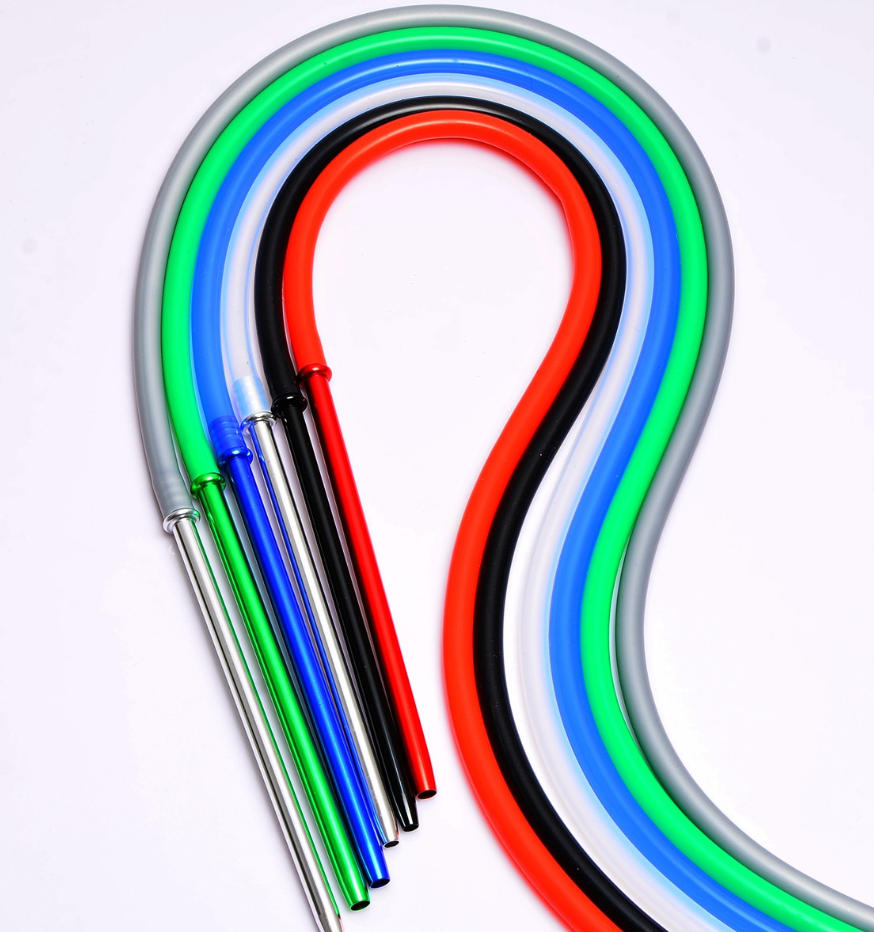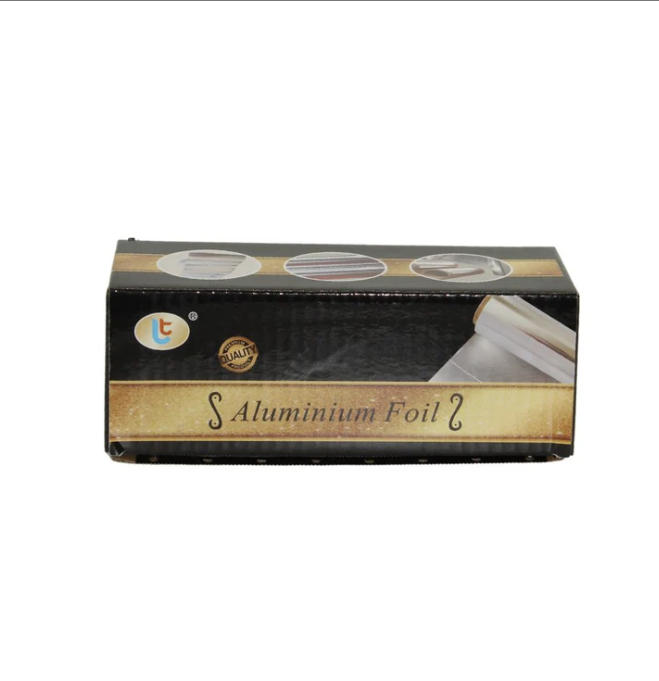Global Disposable Hookah & Accessories Market Analysis:
Convenience, Hygiene, and Controversy Intertwined
1. Market Growth: The Billion-Dollar Race Driven by Youth
According to QYR Research, the global hookah market is projected to grow from 12.23 billion by 2031, with a compound annual growth rate (CAGR) of 9.2%. Among these, disposable hookahs are emerging as a preferred choice for younger consumers and social settings. Their "ready-to-use, no-cleanup" feature aligns perfectly with fast-paced lifestyles, particularly in outdoor gatherings, music festivals, and travel scenarios.
Key Growth Drivers:
- Hygiene Concerns: Traditional hookahs shared in groups may spread viruses like hepatitis or HPV, while disposable options mitigate this risk through individual packaging.
- Regulatory Push: Bans on public hookah use in countries like Singapore and Pakistan have boosted disposable alternatives as compliant solutions.
- Social Currency: Over 230 million views under #DisposableHookah on TikTok and Instagram demonstrate user-driven viral adoption.
2. User Profile: Gen Z's "Light Social Currency"
Social media analysis and user surveys reveal distinct traits among disposable hookah consumers:
- Demographics: 75% of users are aged 18-34, with college students and young professionals driving growth.
- Usage Scenarios: 83% of consumption occurs in social settings like friend gatherings, nightclubs, or festivals, with average use duration around 40 minutes.
- Decision Factors: Aesthetic design (neon colors, IP collaborations) > flavor variety (mango smoothie, mint tobacco) > portability.
Case Study:
Dubai-based World Shisha Dubai launched LED-lit disposable hookahs, which account for 60% of nighttime sales. Their Instagram growth (30% organic traffic) stems from user-generated "light-painting" content.
3. Accessories Ecosystem: From Functional to Social Status
The disposable hookah accessories market has evolved into a sophisticated ecosystem:
| Accessory Type | Function | Market Share | Top Brands |
|---|---|---|---|
| Mouthpiece Adapters | Cross-brand compatibility | 45% | Hookah John, Mya |
| Portable Cases | Waterproof, USB-charging ports (for LED models) | 30% | Cloud 9, Evolution |
| Flavor Boosters | Stick-on aroma releases (coconut, cherry blossom) | 15% | Starbuzz, Al Fakher |
| Social Props | Custom photo stands, neon signage ("Squad Goals") | 10% | Social Smoke, Fumari |
Innovation Trends:
- Biodegradable Materials: EU markets feature bamboo-fiber hoses and cornstarch packaging, despite 30% higher costs.
- Smart Connectivity: Premium models include Bluetooth modules for app-controlled smoke output and social sharing.
4. Regional Variations: Cultural Preferences vs. Policy Battles
| Region | Core Demand | Regulatory Impact | Leading Brands |
|---|---|---|---|
| Middle East | Traditional flavors (apple, double apple) dominate | Prohibited in religious sites but unrestricted privately | Nakhla, Al Fakher |
| North America | High nicotine + strong mint flavors | Age 21+ restrictions, California tobacco tax | Starbuzz, Hookah John |
| Europe | Hybrid flavors (strawberry cheese, blueberry lavender) | Public bans drive disposable growth | Fumari, Social Smoke |
| Southeast Asia | Portability prioritized, multilingual packaging | Nicotine caps in Thailand, Malaysia | Maze, Soex |
5. Controversy & Future: Balancing Innovation with Sustainability
Central Dilemma:
- Plastic Waste: Disposable hookahs contribute 0.3% to global plastic waste (UNEP data).
- Regulatory Divide: EU considers "plastic pollution taxes," while Middle Eastern markets lack such measures.
Solutions in Progress:
- Material Innovation: Seaweed-based packaging films and mycelium hoses for 45-day natural degradation.
- Deposit Systems: Return discounts for used hoses (modeled after beverage bottle programs).
- Education Campaigns: Short videos showcasing biodegradable options to raise awareness.
Conclusion: Disposable Hookah's "Fast Fashion" Revolution
Globally, disposable hookahs are evolving from niche products to entry-level symbols of hookah culture. Their success lies in capturing young users' social needs and hygiene concerns while fostering repeat purchases via accessories. However, environmental debates act as a Sword of Damocles, forcing the industry toward sustainability. The future will depend on balancing convenience with eco-friendliness.
